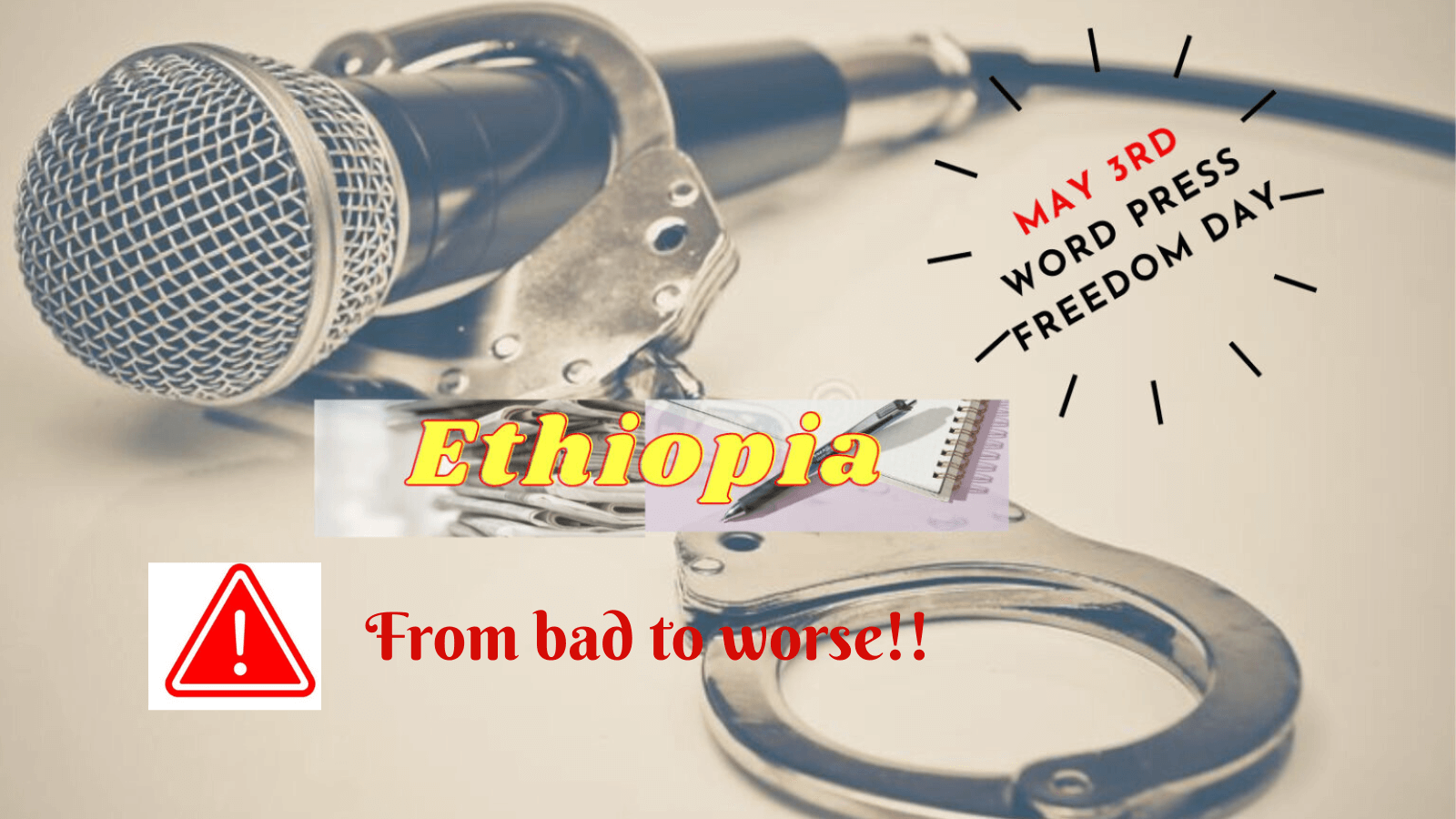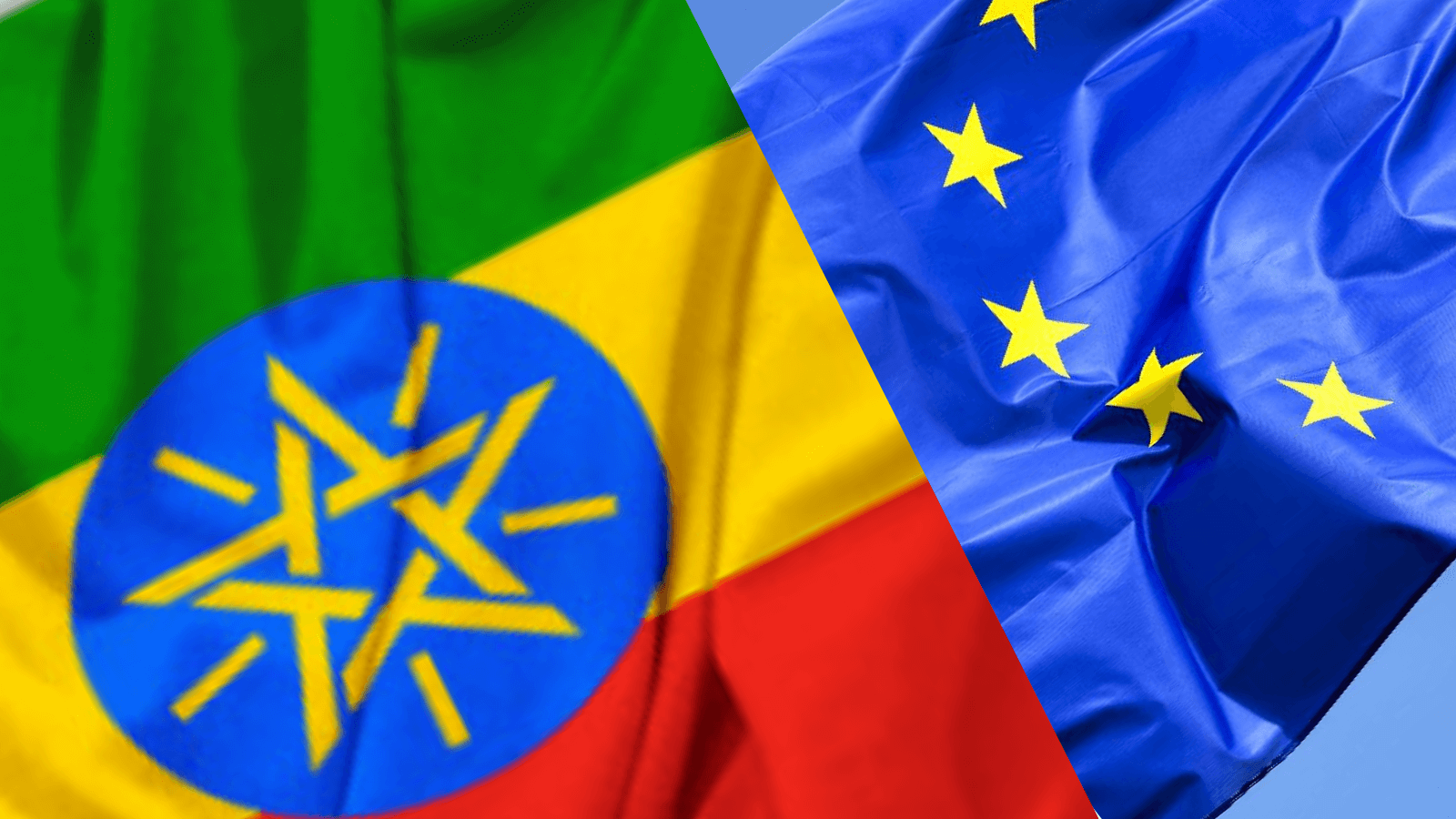Opinion: Is it the local ideology, stupid? Language, education and federalism

Yonatan T. Fessha, For Addis Standard
Addis Abeba, September 05/2019 – In some societies every dispute turns into an ethnic dispute. Ethiopia is increasingly becoming one such society. The emotionally charged debate on the proposed roadmap on education is a recent example of an unfortunate situation where matters like education that could have been debated upon from different perspectives are only examined through the lens of ethnicity. Matters came to head last week when the Ministry of Education announced the so-called ‘education roadmap’ that is introducing a number of important changes to the existing education system. The proposal that raised the most dust is the suggestion that the federal working language, Amharic, should be taught as a subject beginning from Grade one throughout the country.
The current position
The Constitution is silent on the use of language in education. There is also no law that regulates the use of language in education. The only major document that deals with language usage in education is the Education and Training Policy (ETP). Adopted by the federal government in April 1994, the ETP emphasizes the use of local languages in primary education. “Cognizant of the pedagogical advantage of the child learning in mother tongue, and the rights of nationalities to promote the use of their languages, primary education will be given in nationality languages”. The policy, in other words, mandates the provision of mother tongue education until the student completes ‘primary education’.
One cannot deny the significant progress that the current linguistic reality represents. From a country of one language in education, Ethiopia has evolved into a country in which more than 45 languages are used as language of instruction at one or another level of primary education. This is a considerable achievement given that “many of these languages have never been written before, requiring local ‘experts’ to select orthographies, develop standardized grammars and oversee translation”. It has brought to an end the dominant position of Amharic in areas of education as the sole medium as well as a subject throughout primary and secondary education. It has done so while at the same time accommodating Amharic-speaking students that live in regional states that use local languages for the purpose of education to receive education in Amharic, either through separate school or dedicated class rooms. This has been a great achievement of the education system that is now threatened by political movements that are harassing private schools that use Amharic for education, thereby interfering with the right of parents to decide the language through which their children receive education.
Although Amharic has lost its status of serving as the sole language of communication and medium of instruction, the position of Amharic in the Ethiopian linguistic landscape is not totally compromised. Because of its status as a federal ‘working language’, Amharic is defined by the ETP as the language of national communication. Accordingly, the ETP states, Amharic must be ‘taught as a language of countrywide communication’. Currently, this rule is given practical expression through the provision of Amharic as a subject in primary education.
In most states, Amharic is offered as a subject beginning from Grade three until the end of the first cycle of primary schooling. For example, students in the state of Tigray start learning Amharic as a subject beginning from Grade three. In the state of Amhara, Grade three is the beginning of Amharic language education for students who receive their education in a language other than Amharic. Unlike in the other federal states, in the federal states of Oromia and Gambella , Amharic is offered as a subject beginning from Grade five.
The decision to offer Amharic as a subject matter through the primary school is consistent with international law which requires states to ensure that children learn the working or official language of the country. This serves two purposes. First, it contributes to social cohesion. It allows for the possibility of children of different background to communicate in a common language. In the case of Ethiopia, this might contribute to the constitution’s goal of creating ‘one political and economic community’ that happens to belong to different linguistic groups. Second, it ensures that students and graduates do not miss opportunities that are available in the mainstream society because of language constraints.
The reality in many of the regional states, however, makes one less optimistic about the role of Amharic in promoting social cohesion, widening socio-economic opportunities and serving as a language of national communication. Despite the fact that Amharic is offered as a subject matter throughout primary school, many experience difficulties in speaking, reading and writing in Amharic. Many studies have expressed reservations about the effectiveness of the current Amharic language education in capacitating students to use Amharic for communication purpose. The poor level of fluency in Amharic is also evident in university students despite the fact that most have learned it as a second language for not less than six years. Studies indicate that university students, who have been taught Amharic as a subject in primary and, sometimes, including secondary education, have difficulty in communicating in Amharic and, as a result, are “unable to make friends from ethnic out-group members due to the language barrier”. It has also made the students less prepared to take on employment opportunities at the federal level as well as other opportunities that are available in the federal capital and federal agencies outside Addis Abeba.
Enter the ‘education roadmap’
It is against this background that the Ministry of Education introduced the new education roadmap. Although the status and nature of the so-called ‘education roadmap’ document is unclear as it is neither a law or a policy, it seems to be part of the plan to replace the education system that has been in place since the early 1990s. The roadmap includes 35 newly identified proposals that deal with a wide range of issues. The teaching of Amharic is one of them. Perhaps, in an effort to address the low level of Amharic proficiency among students, the roadmap suggests that Amharic should be taught nationwide as a subject beginning from Grade one. It is this proposal that caught the attention of many and has been s subject of criticisms. It is reportedly rejected by two regional state governments. The Ministry has now stated that the teaching of Amharic as subject was only a recommendation and not an obligation imposed on regional state governments.
The federalism argument
One of the main arguments leveled against the proposed roadmap is that it is allowing the federal government to usurp powers that belong to regional state governments. As a power that is not expressly given to the federal government, the power to exercise control over education belongs to regional state governments. Primary education is, in particular, the preserve of regional state governments. Furthermore, the Constitution allows regional states to determine their language policy. That arguably includes the power to determine the language used in education. Although regional state have the power to determine primary education – and that includes the power to determine the language of instruction – education is not completely outside the domain of the federal government. The federal government is authorized by the Constitution to ‘establish and monitor’ national standards and ‘basic policy criteria’ in a number of areas including education. This allows the federal government to limit the minimum floor beyond which the provision of service-delivery cannot be expected to fall. Arguably, this includes the decision that every school teaches the working language of the federal government as a means of national communication.
The power of the federal government, as mentioned above, is limited to setting national standards. It is not allowed to dictate to regional state governments on how they should go about achieving the national standards. It is up to the regional governments to put in place measures to ensure that their provision of service delivery does not fall beyond the minimum core that the federal government has established. This means that the power of the federal government cannot include the power to determine at which level Amharic should be taught. To that extent, the federalism argument holds water. However, one cannot help but note the striking parallelism of the federalism argument with what happened in USA in the 1960s when state governments invoked federalism to maintain segregation and resist the integration of communities.
Is it the local ideology, stupid?
The problem with the ongoing debate on language in education and the proposed solutions is that it may be barking at the wrong tree. Obviously, the proposal to start teaching the federal working language beginning from Grade one is motivated by the opinion that attribute the low level of proficiency in Amharic among students to the late introduction of Amharic in primary education. In the state of Oromia, for example, students start learning Amharic from Grade five. It is not, however, clear if late introduction of Amharic on its own explains the low level of proficiency. In fact, studies on second language learning show that a late start is not less efficient than an early start, if not more effective.
There are rather a number of other factors at play that have their root in local ideologies and contribute to the low level of students’ proficiency in Amharic. One of the reasons that the teaching of Amharic has not been successful has to do with the seriousness with which the teaching of Amharic (for that matter, any second language) is taken. Amharic teachers, more often than not, are not professionals who studied Amharic language. Individuals are assigned to teach Amharic for the simple reason that they speak better Amharic when compared to their colleagues. Appointments are made based on language rather than teaching skill. The introduction and implementation of the Amharic language curriculum was not skill-based. Of course, for anyone that is familiar with the education system in Ethiopia, it is clear that teacher competency is not limited to the teaching of Amharic only. Students that complete secondary school and even university students can barely communicate in English despite the fact that they have been taught in English as a subject beginning from Grade one and as the exclusive medium of instruction for secondary and tertiary education. This is again largely because the teachers do not have the language competence they need to teach effectively.
There is also the attitudinal problem that students have toward the learning of additional language. The students do not fully appreciate that learning additional language is an investment. They tend to consider it as a burden. With respect to Amharic, the attitudinal problem is compounded by political views and the resentment of the Amharic language. Some associate the learning of Amharic language with accepting the domination of Amharic as a language of the oppressor. ‘We don’t want to learn the language of the Amhara’. The resentment of the Amharic language is not only limited to students but also seen in some teachers. The lack of interest is associated with students’ perception about Amharic only as a language of the Amhara, not as the working language of the federal government and the language of countrywide communication. Their attitude towards Amharic as a language of acculturation, assimilation and dominance has negatively influenced their interest to learn Amharic. This is consistent with studies that show learners that do not like the language they learn are less likely to become proficient.
One can perhaps dismiss the attitudinal problems as the attitude of young students who do not appreciate the long terms consequences of their action, not only in language education but in many other aspects of their life. But perhaps it also represents the shift that the Ethiopian language landscape is going through. The less value attached to Amharic signifies perhaps an important change in the Ethiopian linguistic landscape, to which many of the students are exposed. The relegation of Amharic as dominant language of government business and education and the elevation of other languages to the status of the language of most state governments may have made Amharic, in the eyes of the students, less important. They might think that learning the local language is sufficient to secure employment and other business opportunities. Perhaps the local languages are heading towards attaining the status that they are supposed to have at the state and local level. That would be reversing the unacceptable situation in which Amharic enjoyed the majority status despite the fact that it is not a language spoken by the majority inhabitants of some of the states.
The relatively reduced status of Amharic in some of the states, despite an official policy that regards it as a language of national communication, demonstrates that local ideologies are affecting the interpretation and implementation of the language policy. The lukewarm attitude towards the use of Amharic in some of the states, facilitated partly by the empowerment of other local languages and partly by attitude towards Amharic as a language of dominance, has meant that the implementation of national policy that designates Amharic as a language of national communication has not been effective. To put it blatantly, it is local ideologies that are to blame. Hopefully, the roadmap takes that into account.
An impediment for inter-group understanding
In short, the problem with teaching Amharic is more complicated than the level at which students learn the language. As argued above, the positive change in attitude towards local languages is not accompanied by an equal appreciation of the role that Amharic continues to play, both as a language of the federal government and as a means of national communication. This is increasingly making the language policy an impediment for inter-group understanding. This, at least, does not help in realizing the constitution’s goal of creating one political community. One may insist that common language is not necessary for creating a common political community. That might be true. But there is no doubt, however, that a common language facilitates the creation of a sense of togetherness. This is, of course, provided that learning the common language is an outcome of a voluntary process that is underlined by the equal recognition of other languages. That may have to start by requiring Amharic-speaking students to learn one more language. AS

Editor’s Note: Currently a Marie-Curie Fellow, the writer, Yonatan T. Fessha, is Associate Professor of Law at the University of the Western Cape. He can be reached at yfessha@gmail.com
He tweets @YonatanFessha








